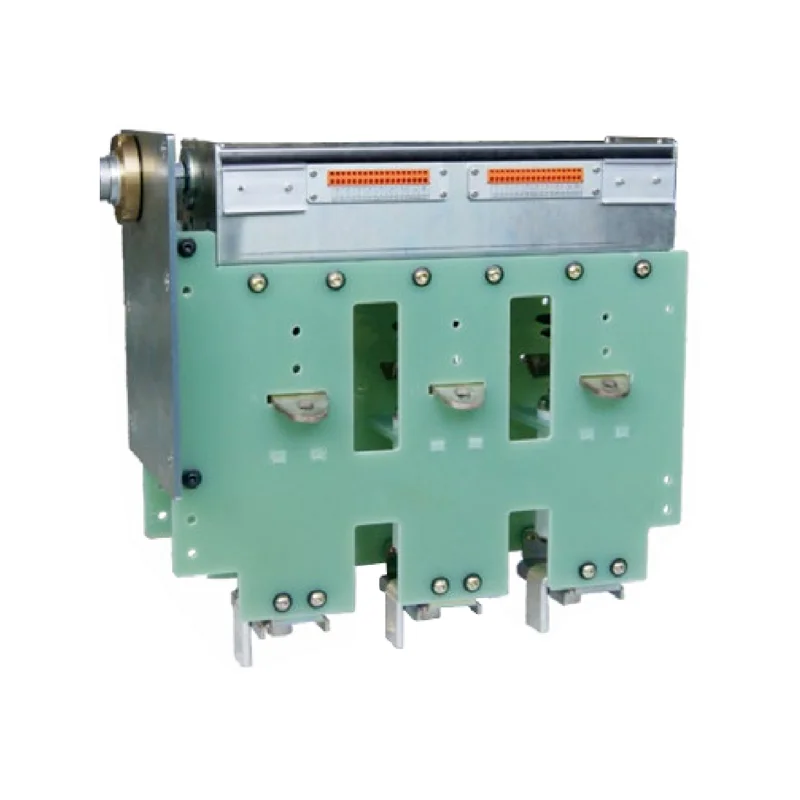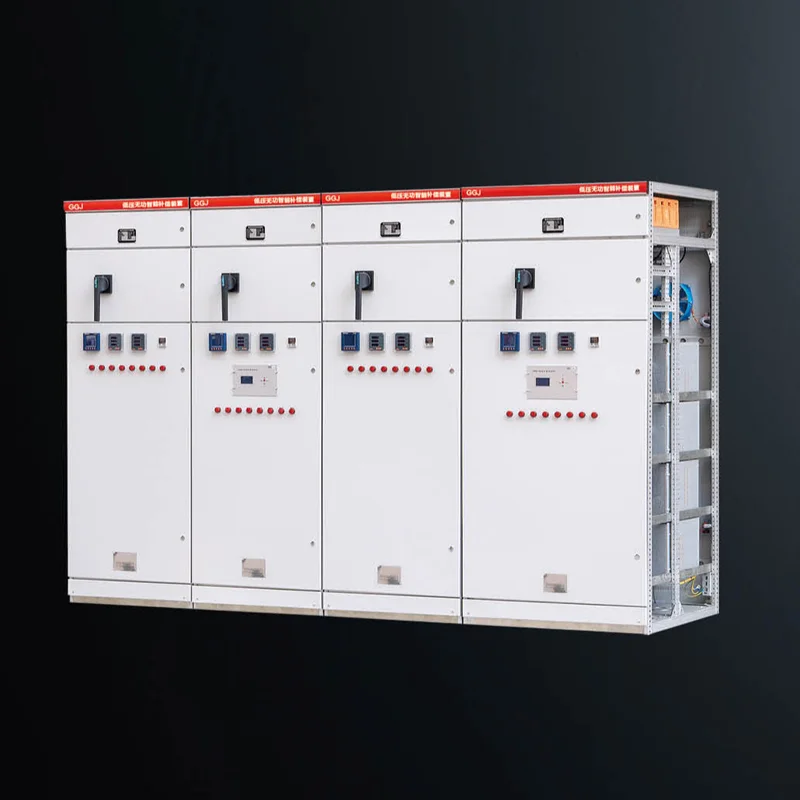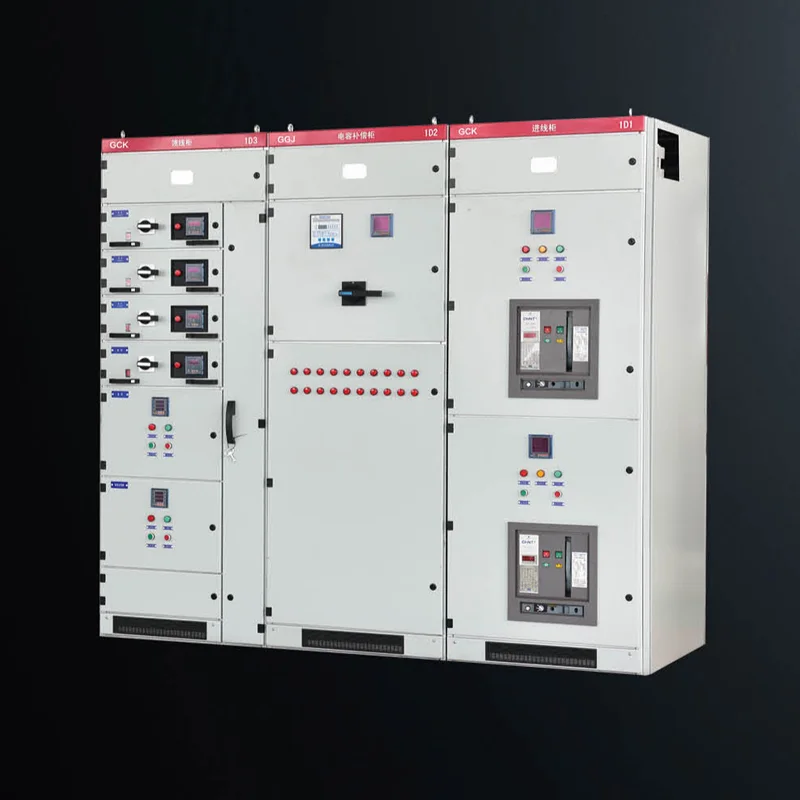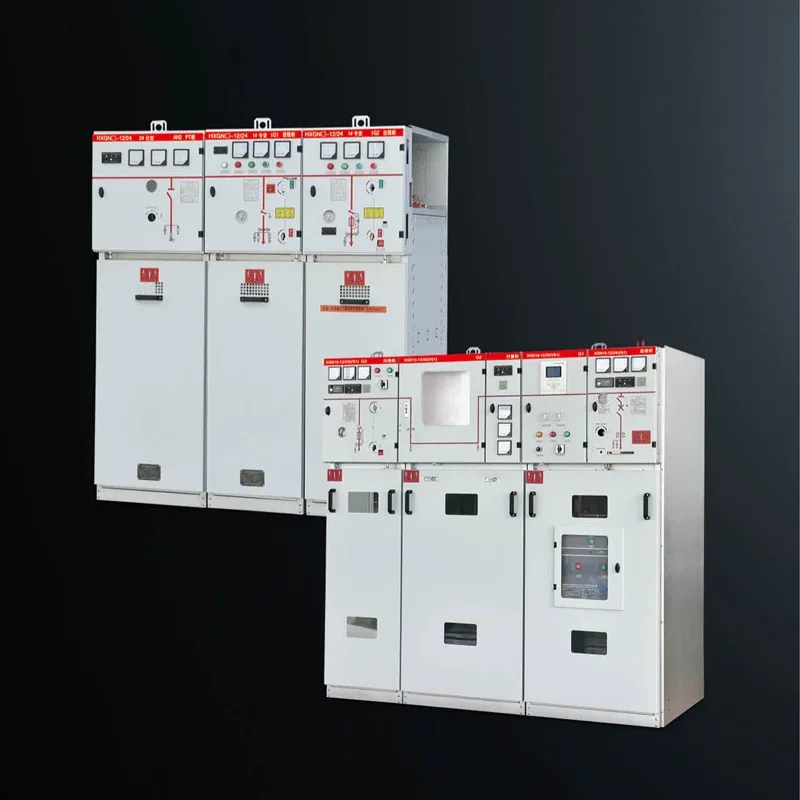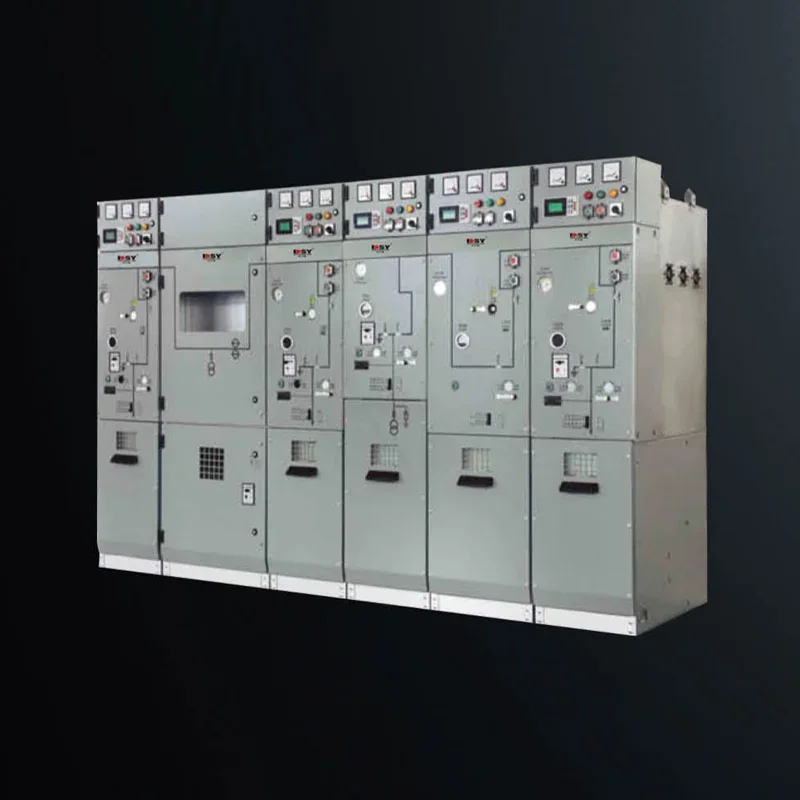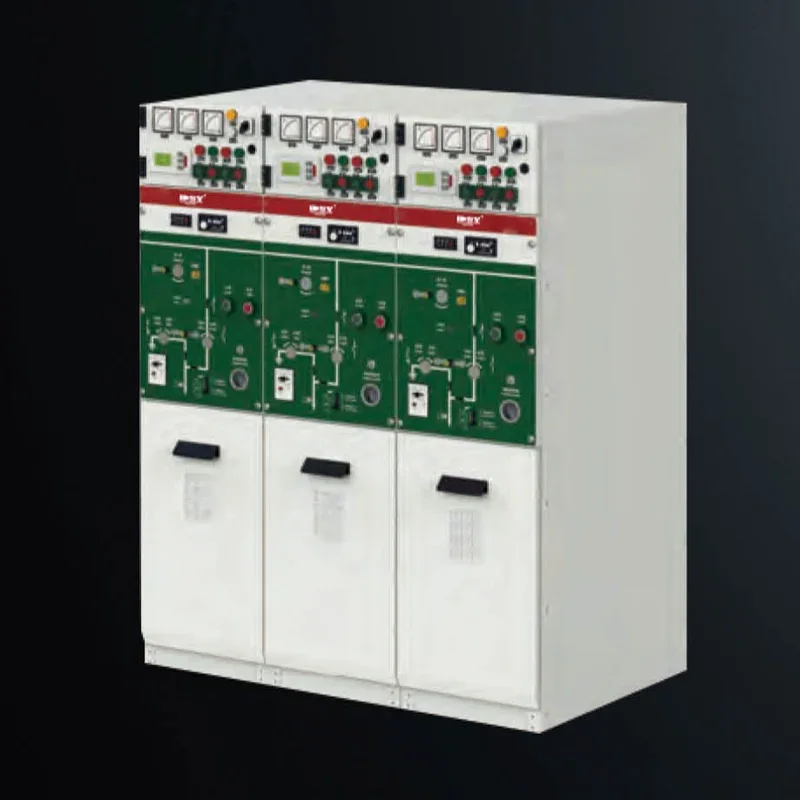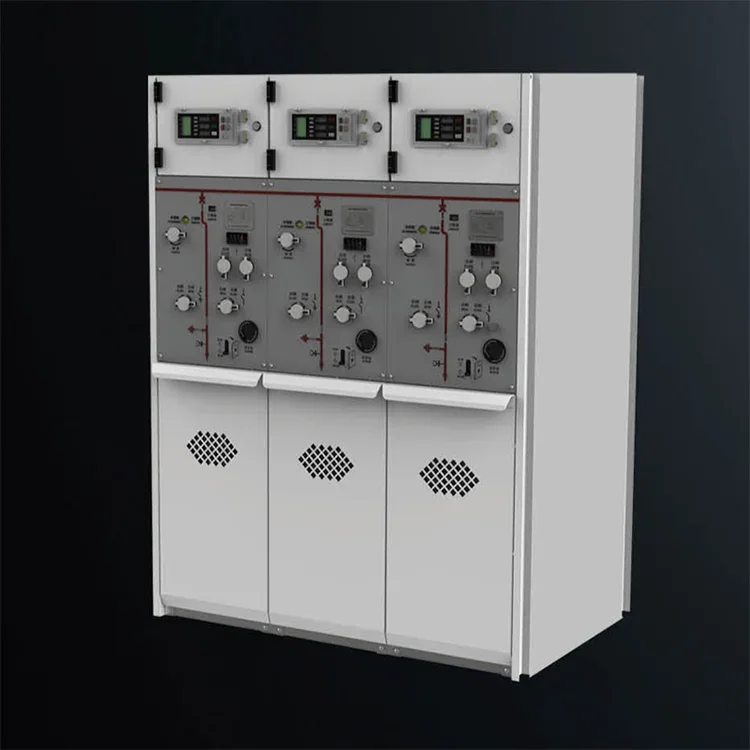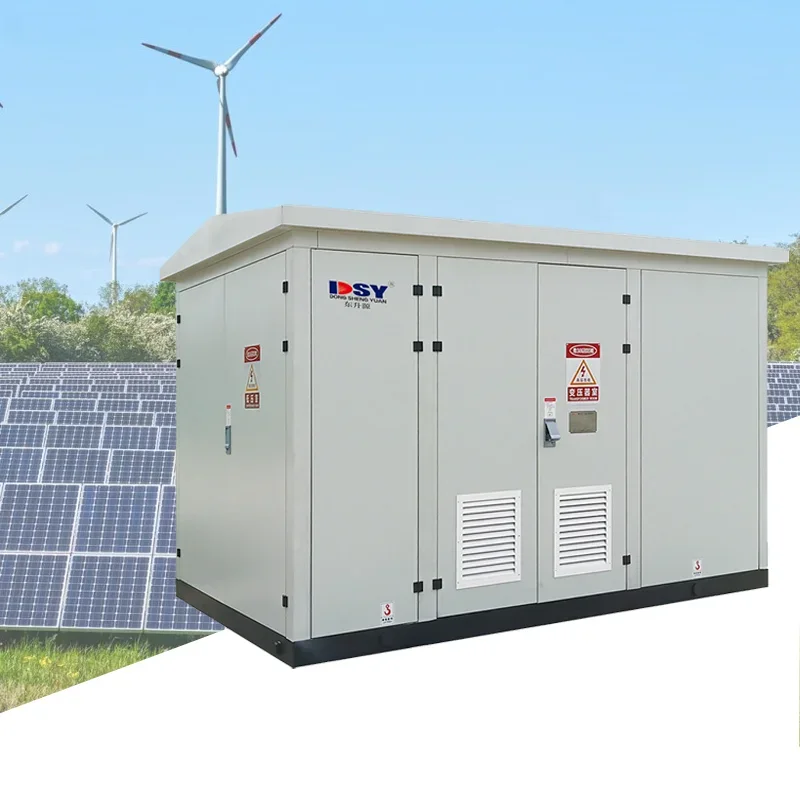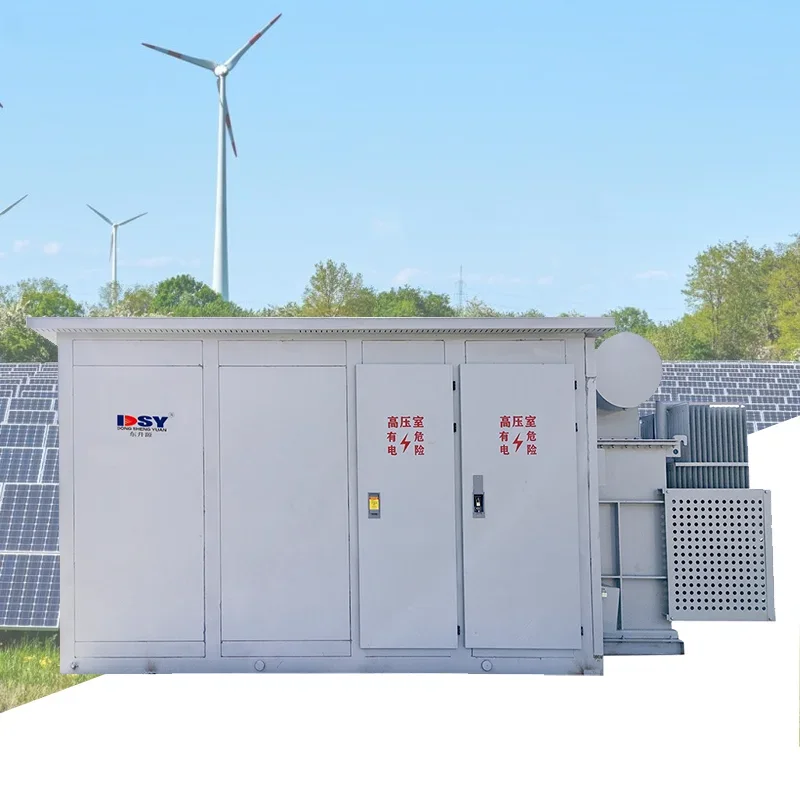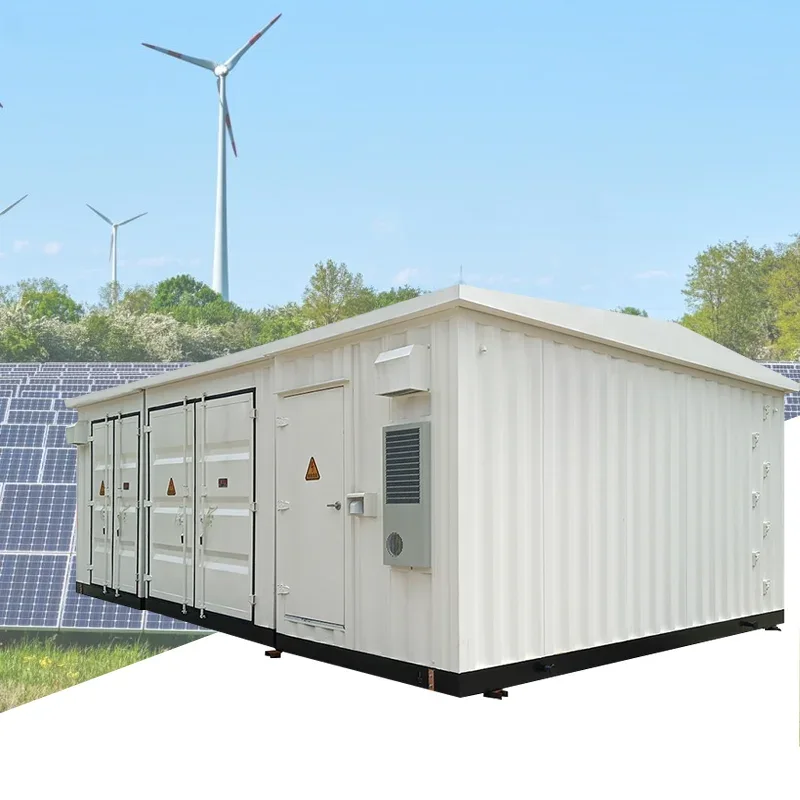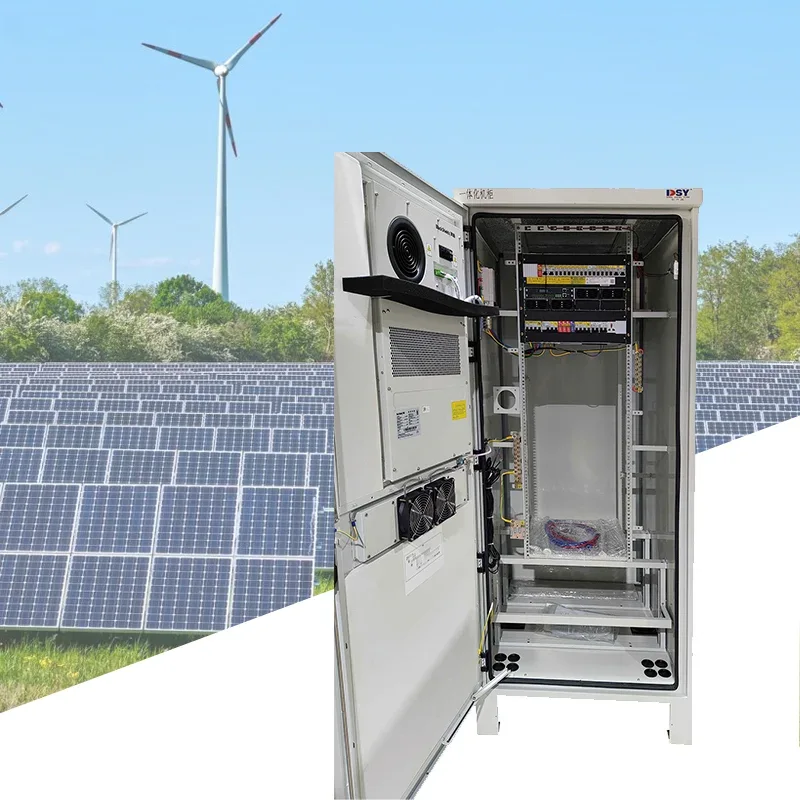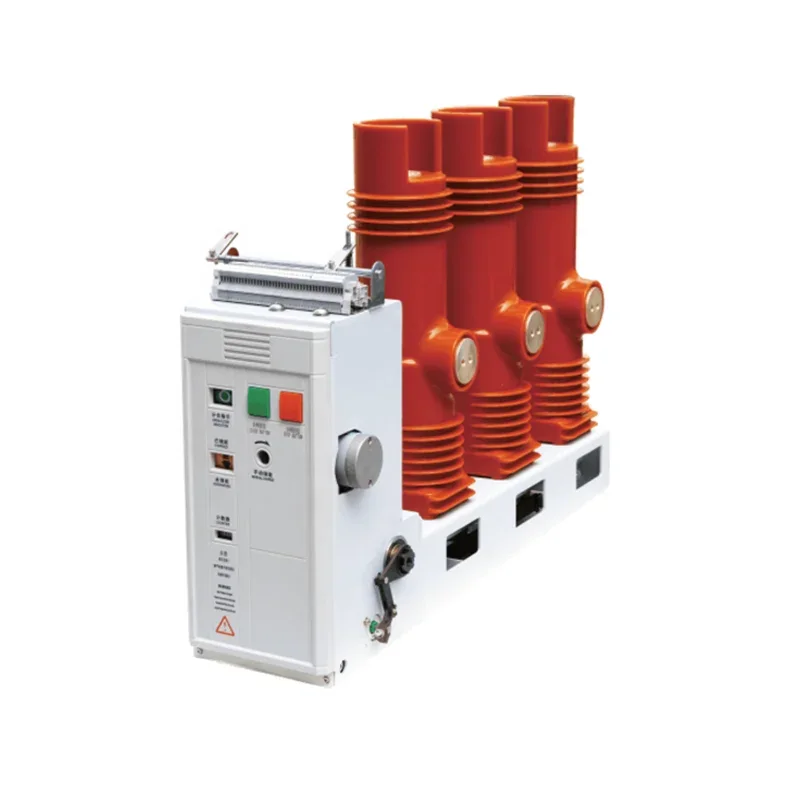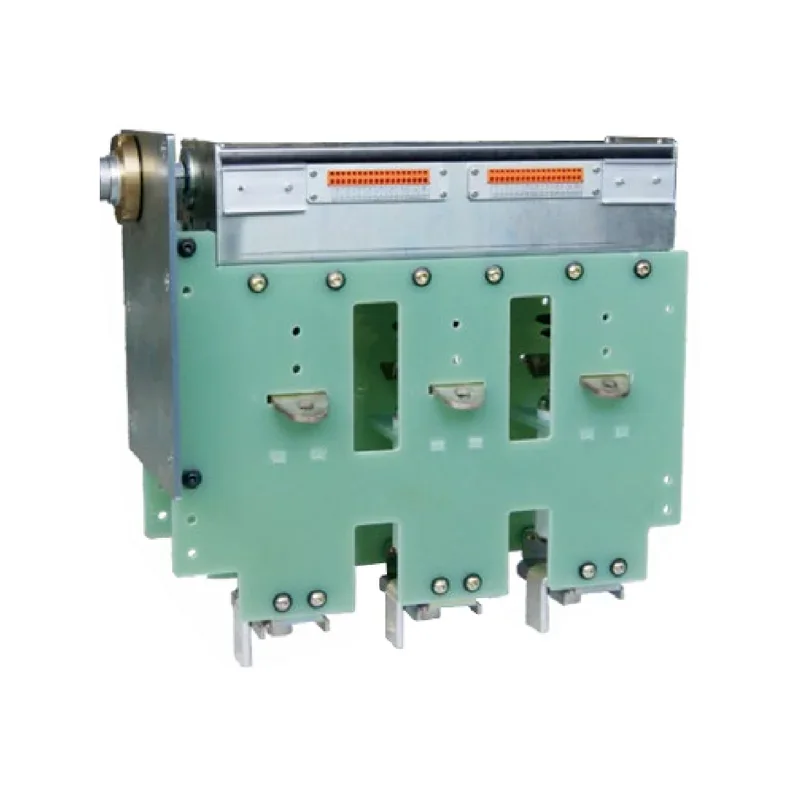Understanding the Importance of Switch Panels in High Voltage Electrical Systems
Switch panels, integral components in high voltage electrical systems, serve multiple critical purposes. These panels, often found within high voltage switchgear, act as the control center for managing electrical power distribution. Their primary function is to facilitate the operation and protection of electrical circuits, ensuring that systems run smoothly and safely. At the core of switch panel
Jun 10,2025
At the core of switch panel functionality is their ability to control the flow of electricity. They typically house various switches, circuit breakers, and protective devices that can instantly disconnect power when faults occur. This is vital in preventing overloads and potential hazards such as electrical fires or equipment damage. By using a switch panel, operators can easily manage different electrical circuits, ensuring that power is directed where it is needed and that any issues are promptly addressed.
Another important aspect of switch panels is their role in enhancing system reliability. High voltage systems are often subjected to various stresses and demands, including fluctuations in load and environmental conditions. Switch panels are designed to withstand these challenges, providing robust protection and ensuring continuous operation even in adverse situations. They are often equipped with advanced monitoring technologies that can provide real-time feedback on the system's status, allowing for proactive maintenance and reducing downtime.
Safety is paramount in any electrical system, and switch panels play a crucial role in this regard. They are designed with numerous safety features, such as isolation switches and interlocks, to prevent accidental contact with live parts. These features help to protect both the equipment and personnel working in proximity to high voltage installations. Regular inspections and maintenance of switch panels are essential to ensure that these safety mechanisms are functioning correctly and to mitigate risks associated with electrical faults.
Moreover, switch panels contribute to the efficiency of energy consumption. With the growing emphasis on sustainability and energy management, modern switch panels often incorporate smart technologies that optimize power distribution and consumption. This not only reduces energy waste but also enhances the overall performance of electrical systems.
In summary, switch panels are vital components in high voltage electrical systems, offering control, safety, reliability, and efficiency. Their multifaceted roles make them indispensable in managing electrical power distribution, safeguarding equipment, and ensuring operational continuity. As technology advances, the capabilities of switch panels will continue to evolve, further enhancing their importance in modern electrical infrastructure. Understanding their functions and features is essential for anyone involved in the electrical industry, particularly in high voltage applications.
Related News
The difference between circuit breakers and vacuum circuit breakers
Circuit breaker is an abbreviation for pole type circuit breaker. Circuit breakers are also vacuum circuit breakers
Voltage regulators are required for various places that require voltage control, such as controlling lighting

